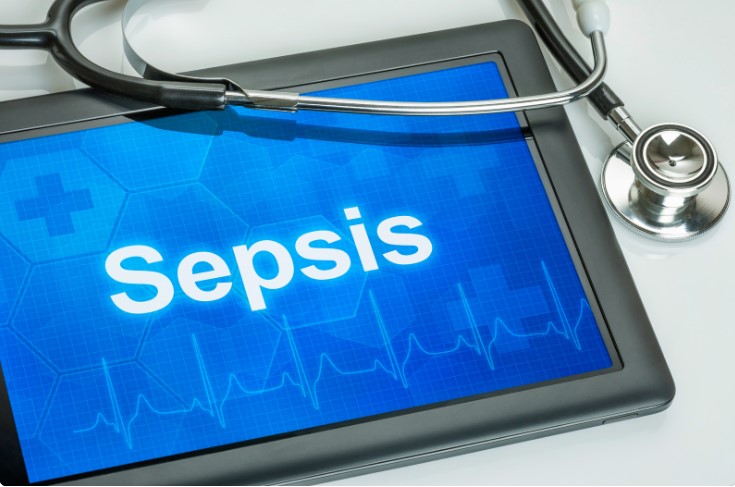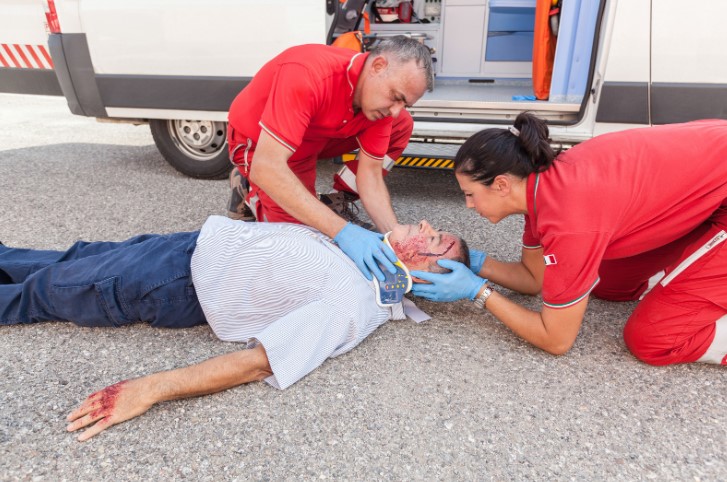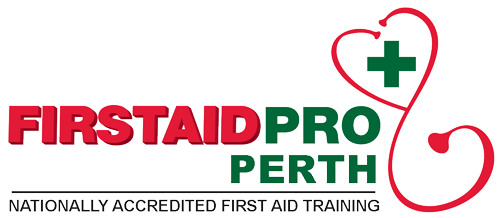Know Your Risk for Stroke: A stroke or brain attack occurs when blood flow to the part of the brain is blocked or when a blood vessel breaks. When this happens, it can damage or kill cells in the brain.
Stroke is one of the leading causes of death and long term-disability in Australia. It can cause weakness or paralysis on one side of the body and problems with balance and coordination. It can also cause severe brain damage.
For this reason, it is important to know your risk for stroke so you can proactively manage the symptoms and safeguard your health.
Are You At Risk Of Stroke?
Anyone can have a stroke at any age, but certain factors can increase your chances of having one.
Risk factors are traits or behaviours that make you more likely to develop a stroke. While having one or more of these factors does not mean you will develop the condition, it gives you a higher chance of having one.
More than 56,000 people suffer from stroke in Australia, which is more than 100 cases every day. It is also worth noting that the winter season sees a lot of stroke cases than any other month of the year.
Luckily, many risk factors can be treated, modified, controlled, and prevented. At the same time, some risk factors cannot be changed.
The best way to protect yourselves and others from this fatal condition is to understand your risk and how to manage it. Here are some manageable risk factors:
- High blood pressure (hypertension) is one of the most important risk factors for stroke. Having a blood pressure of 140/90 or above is considered high. The recommended range for normal blood pressure in adults is to keep it at 120/80 or below.
- Smoking tobacco increases the risk of stroke six times compared to a non-smoker. Also, breathing secondhand smoke interferes with the normal function of the heart, blood, and vascular systems.
- Common heart disorders, such as atrial fibrillation and coronary artery disease, can increase your risk for stroke. It is because of the plaque that builds up in the arteries and blocks the flow of oxygen-rich blood to the brain, leading to stroke.
- People living with diabetes are more likely to have a stroke than people who don’t have the condition. They are also twice as likely to suffer severe heart conditions than those without diabetes.
- Too much cholesterol in the bloodstream can build up on artery walls and narrow the arteries, leading to a condition called atherosclerosis. It can interrupt blood flow or cause blood clots, leading to an ischaemic stroke.
- Excessive alcohol intake is associated with an increased risk of stroke. Taking more alcoholic contents than recommended can trigger atrial fibrillation (a type of irregular heartbeat), which increases stroke risk by five times more than usual.
- Leading a sedentary lifestyle or being overweight/obese can increase your risk of developing hypertension and diabetes, which are two major risk factors for stroke.
- The use of illegal drugs such as cocaine and marijuana has been shown to increase the chances of developing stroke symptoms. These drugs can directly affect the blood vessels in the brain or cause damage to the heart, which eventually leads to stroke.
- Illegal drug use. Street drugs, such as crack, cocaine, and marijuana, have been shown to increase the risk of stroke. Some of these drugs directly affect the blood vessels in the brain, causing a stroke. Others cause damage to the heart, which can lead to stroke.
The good news is up to 80% of stroke risk factors are preventable. While other uncontrollable risk factors of stroke include age, biological sex, race, family history, and previous events of stroke or heart attack.
Managing these factors today could help lower your risk for stroke tomorrow.
Preventing Stroke: Six Ways To Prevent A Stroke
Knowledge is power when it comes to stroke management. By identifying a particular risk factor that is sabotaging your health, you can take steps to reduce the effects of that risk.
Lower Blood Pressure
For people diagnosed with high blood pressure, work with your doctor to keep it in the healthy range. Taking certain medications and adopting a healthy lifestyle, such as regular exercise and eating healthy, can help.
Control Your Diabetes
Effective diabetes management will require you to talk with your healthcare team about treatment options. The doctor may recommend certain lifestyle changes along with some medication to help keep blood sugar levels under control.
Get Some Exercise
Get moving for at least 30 minutes a day, five days a week. These exercises should do enough to make you breathe hard, but not huff and puff. It is best to speak to your doctor before you start exercising.
Eat Better Foods
Eating balanced, nutritious food can lower the risk of stroke. Choose lean proteins and high-fibre foods and load up on fruits and healthy vegetables.
Avoid foods that are high in trans and saturated fats, and cut processed foods from your diet.
Don’t Smoke
The best way to successfully stop smoking is to address both the addiction and the habits and routines that go along with it. With the right action plan and support from others, any smoker can quit the addiction.
Quitting this habit will lower your risk of stroke and other complications.
Limit Alcohol
Avoid too much alcohol intake, which can raise your blood pressure levels. The New Alcohol Guideline in Australia recommends no more than 10 standard drinks per week and no more than 4 standard drinks in one day.
A stroke emergency could be preventable through healthy lifestyle changes and working with your healthcare team for an effective action plan.
Learn First Aid
Many people think that stroke only happens to older people. FALSE.
Stoke can strike anyone at any time, regardless of your age. In fact, stroke can happen in children, even those who have not been born yet.
For this reason, it is vital to know how to spot early signs of stroke in yourself or someone else. Use the FAST sign to identify a stroke (facial weakness, arm weakness, speech problems, time to call emergency services).
A stroke is a true emergency. The sooner first aid is given, the more likely it is to minimise brain damage.
Learn how to respond to a stroke emergency with the First Aid Course Canberra.
For more information, view our course page here.








